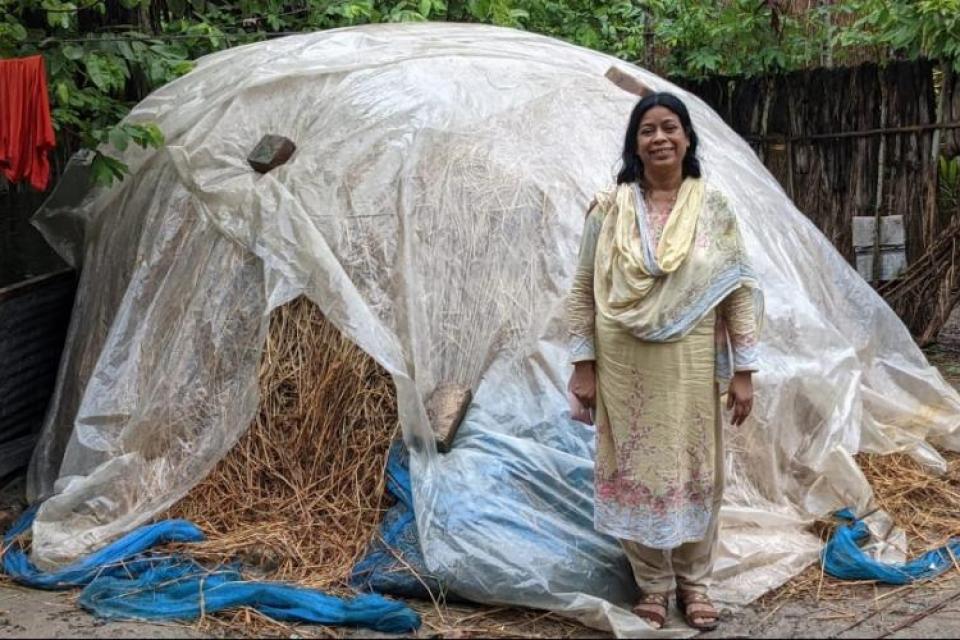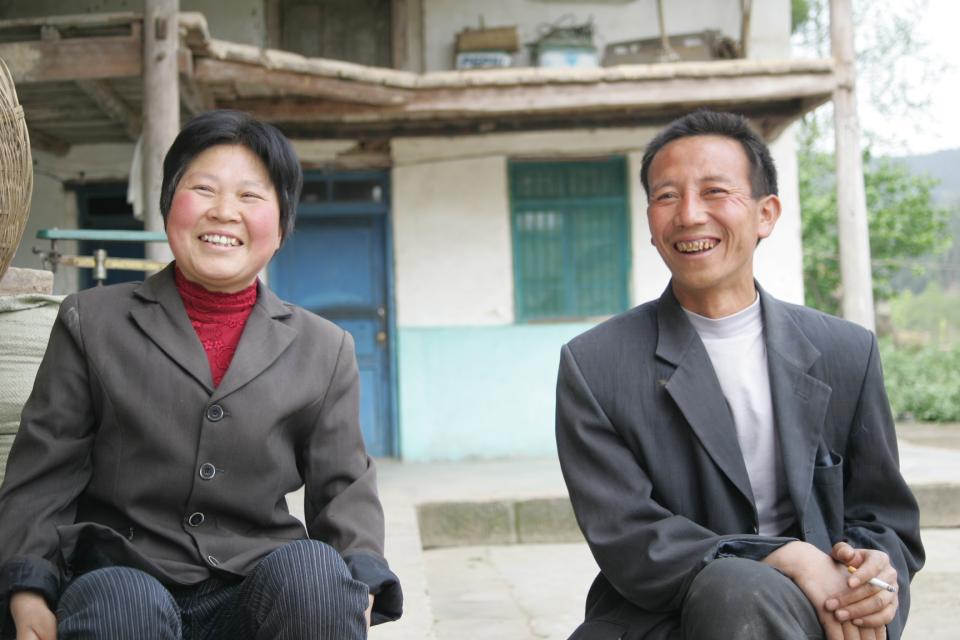What can we really learn from sex-disaggregated data?
 Photo: Oscar Naibei/ILRI
Photo: Oscar Naibei/ILRI
During the past several years, IFPRI researchers have been working intently on a field experiment with smallholder farmers in Uganda randomly assigned to get access to information in the form of short engaging videos. Because women and men are both involved in farming in the typical Ugandan farm household, they took a particular interest in the gender dimensions of our experiment.
There is a heap of data to work with. After spending months combing through it, researchers wondered whether their emphasis on gender was misplaced. After all, responses to their survey questions posed to male household heads clearly indicated that women have equal voice in most strategic decisions made in the household, while men contribute to reproductive actives and household chores equally. It all looks like the optimal unitary household a la Becker (1991) .
But digging into survey responses from women within the household, and discussions with women in private focus groups, their image of the perfect household quickly vanishes: Women respond that they have little say in agricultural decision making, yet provide the bulk of the work, both on the field and in the household.
This kind of disagreement between what husbands and wives claim is well known among social scientists, and specifically among researchers working on women’s empowerment and intra-household power dynamics. But observations do draw attention to a specific element of the problem: Using proxies to report on other household members’ choices and actions. The problem is particularly acute when husbands are interviewed to obtain information on their wives, although discord can appear along other dimensions as well, such as age or other observable and even non-observable individual characteristics.


